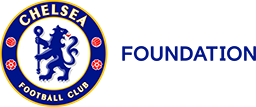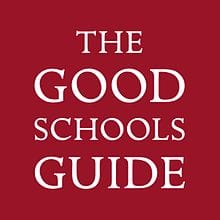The school has four Virtual Houses: Brunel, Fry, Hepworth and Scott and are named after inspirational, historical people. Virtual Houses are different to Boarding Houses.
Two Year 8 and two Year 13 pupils are selected as House Captains and help lead the House with a team of passionate and partisan staff.
We ensure that Houses are balanced in terms of sporting, musical and academic ability. It is our intention, that everyone supports one another within each House and forms another pastoral filter for the children.
Prep
We believe strongly in healthy competition and the sense of belonging. Every child is allocated a House when they join the school at the Harry Potter style ‘Sorting Ceremony’ at the beginning of the school year. This is a wonderful occasion where each new pupil is welcomed into their chosen House with open arms.
House Points are won by pupils throughout the term for academic progress and effort, good citizenship and House assemblies. Competitions ranging from Sports Day and core sports, Scrabble, Chess, debating, the General Knowledge Quiz and the Swimming Gala also contribute points to the House Cup which is awarded at the end of each term. The winning House celebrates their victory with the fine and very much coveted House Feast!
House Colours
Brunel – Red
Fry – Blue
Hepworth – Yellow
Scott – Green

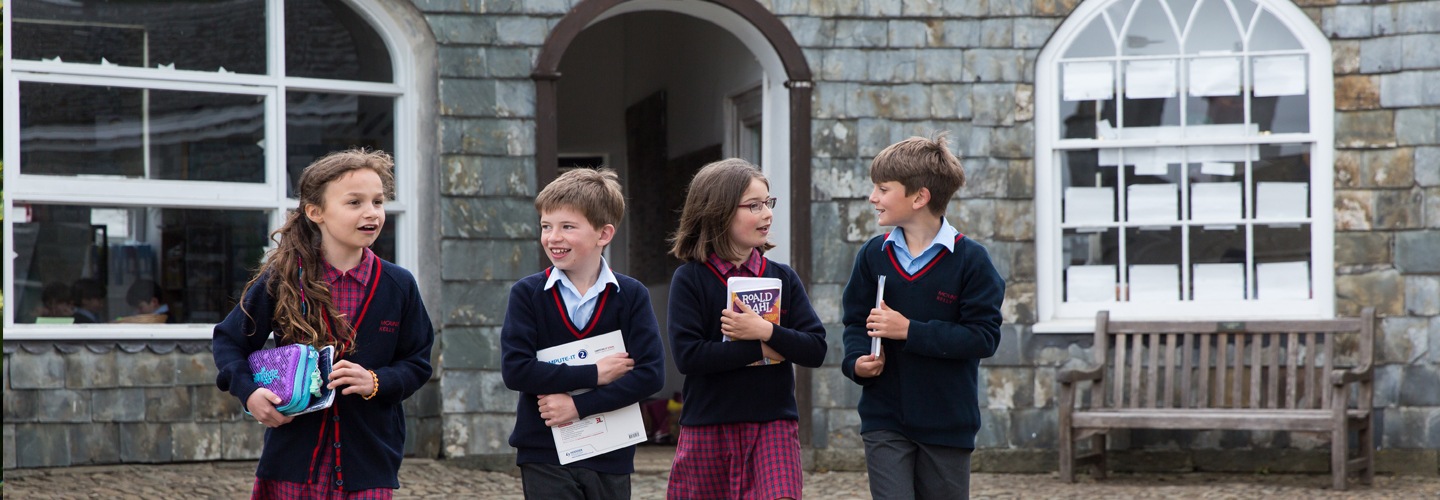
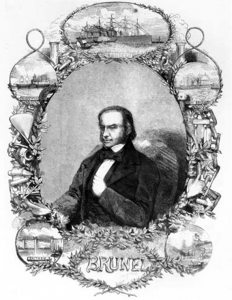
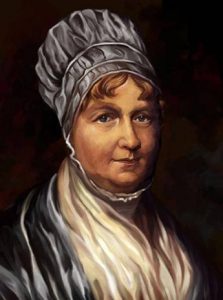 Elizabeth Fry was born on 21 May 1780 in Norwich, England.
Elizabeth Fry was born on 21 May 1780 in Norwich, England.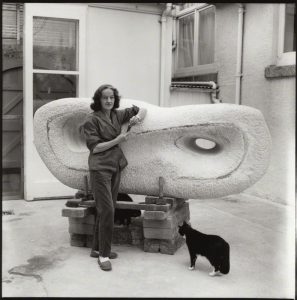 Barbara Hepworth was born in Wakefield, Yorkshire on 10 January 1903.
Barbara Hepworth was born in Wakefield, Yorkshire on 10 January 1903.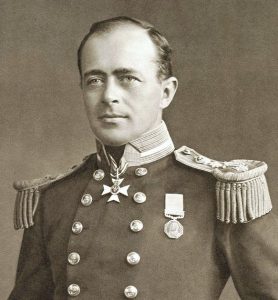 Robert Falcon Scott was a Royal Navy officer and Antarctic explorer.
Robert Falcon Scott was a Royal Navy officer and Antarctic explorer.